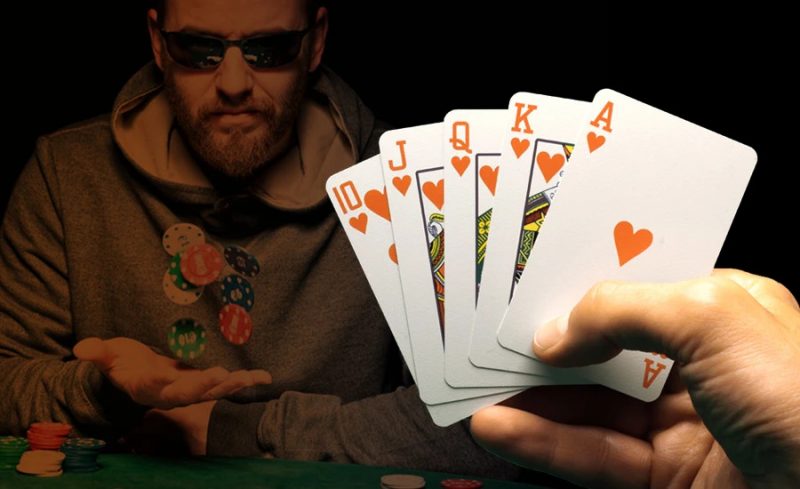
Bluffing in poker, how to do it right?
Poker is one of the most popular card games at the moment. And there are a lot of people here who are really good at it, know all the basics of the game and have a bluff. The latter point deserves special attention, as poker players often wonder how to learn how to bluff and when to do it. In reality, it is a combination of mathematical ability, common sense and an understanding of your opponents. But there are times when it is necessary to bluff.
What is a bluff?
Of course, more experienced players know exactly what it is, but it’s still best to get it straight. Bluffing is when a poker player takes action, raises a bet or calls a high bet, and hopes his opponent will come out of the hand, even if he has a stronger hand.
Often a player bluffs on a weak hand, and realises his opponent may have a stronger hand, but still backs or raises. This is still a bluff. But there is a situation where a player bets with a weak hand, but thinks his opponent’s hand is even weaker, in which case it is a bluff, not a bluff.
Most bluffing is done on the river, which is the last round of bidding. Earlier in the game, it is not advisable.
The mathematics of bluffing
It’s important to note right away that even in this case, the maths is important. It’s important to know how much of a benefit it brings to bluffing, and how your opponent will behave. This can be understood on the basis of his ranges and behavior, statistics.
For example, there is $10 in the pot and on the river the player bluffs and bets $10. To break things down quickly, we can say that the second poker player will always be the winner.
The player takes a risk in order to double the pot. And in order not to lose, you have to take away every other hand in this way. If your opponent folds, you’re on the plus side; otherwise, you’ll lose the pot.
In other words, you need your opponent to fold in 50% of all situations in order to be successful.
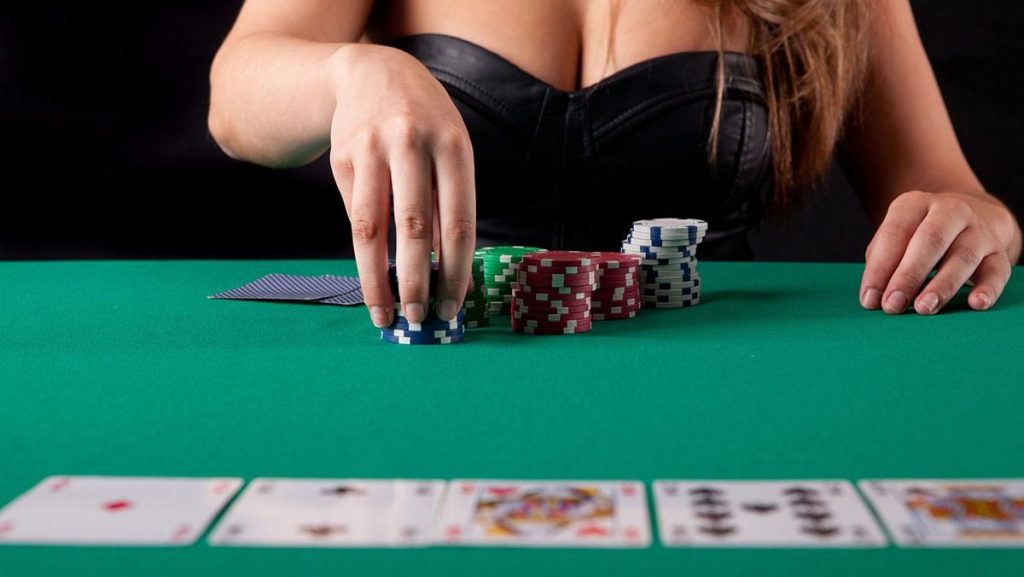
How often should I bluff?
You need to think it over right away, so that your opponent cannot tell the difference between ordinary game actions and bluffing. For example, an opponent must bet $10 with a pot of $20. And you must remain a winner every 3 times. That means bluffing 33% of the time.
But why would you do that if your opponent is not losing at the distance? The thing is, if you only bet with a strong hand, your opponents will quickly realize that. So you need to dilute the hand with a bluff as well.
How much is the best bet?
Of course, there is partly an answer to this question, but it’s not quite that simple. Different opponents, depending on their hands, will react very differently.
In most cases, the rule of thumb works, the bigger the bet, the more likely the opponent will lose. But as the bet increases, bluffing becomes less profitable, so you need to win more often. And for that, statistics will help, but you have to study your opponent’s behaviour as well.
Popular topics
-
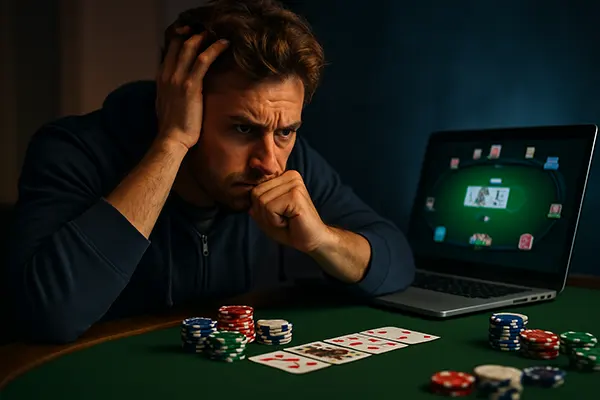 The Psychology of Wins and Losses in ...
The Psychology of Wins and Losses in ...Online poker challenges players not only with mathematical strategy …
-
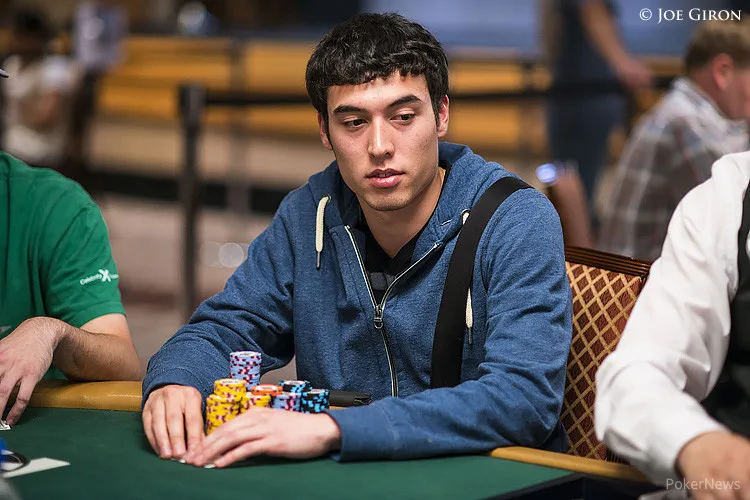 Kyle Ho Triumphs Over Gil Jack in an ...
Kyle Ho Triumphs Over Gil Jack in an ...Kyle Ho clinched the WSOP Circuit ring after a …
-
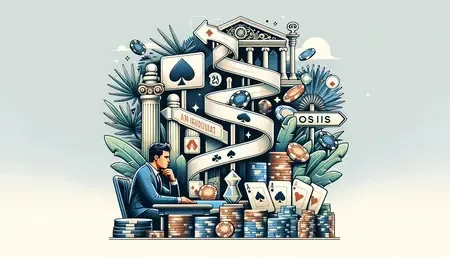 Navigating the Challenges of Oasis Poker
Navigating the Challenges of Oasis PokerOasis Poker, a variant of the classic Caribbean Stud …
